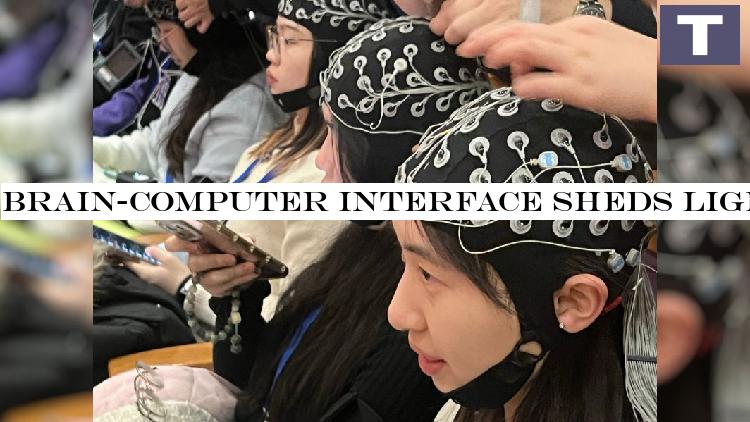INSUBCONTINENT EXCLUSIVE:
Recent photos of Tsinghua University students wearing a mysterious headgear dotted with silvery electrodes at a theatre performance sparked
online buzz, with social media users joking about a "secret high-tech cult" or "quirky performance art," but the truth is far more
intriguing.The university revealed that these "magic caps" are actually key components of a portable brain-computer interface (BCI) system,
designed to capture neural activity as students experienced live performances
The experiment was aimed at decoding aesthetic responses and exploring patterns of neural activity during art appreciation.Gao Xiaorong, a
professor at the university and director of Tsinghua's Neural Engineering Lab, confirmed that this marks "China's first application of
non-invasive BCI technology in neuro-scientific research at a live performance venue."Findings showed heightened activity in emotion and
sensory processing regions during artistic engagement
"Live performances trigger stronger brain resonance linked to emotional immersion," explained Li Zexuan, a doctoral researcher who is part
"This neuroscientific evidence reveals why live performances move us more deeply."BCI technology, which captures and decodes brain signals
to enable "dialogue" between mind and machine, has accelerated rapidly in China
Current applications range from medical diagnostics and high-risk job safety monitoring to motor rehabilitation and treating conditions like
Parkinson's disease and epilepsy.A key breakthrough in this series of studies lies in achieving laboratory-grade electroencephalography
(EEG) data collection at a live performance venue through synchronous multi-group acquisition, Gao added.The EEG caps worn by students
contain silvery electrode interfaces to capture brainwave signals, while mini data recorders worn on their arms document emotion-related
This data is wirelessly transmitted to a data center for analysis of physiological responses during artistic experiences.A key question
driving the research is how do performances and body language reshape our emotions and neural states?Collaborations with universities and
arts groups are underway to study art's impact on mood
"We aim to identify neural patterns in people suffering from emotional distress, such as anxiety patients, providing scientific references
for emotional therapy," Gao said.

